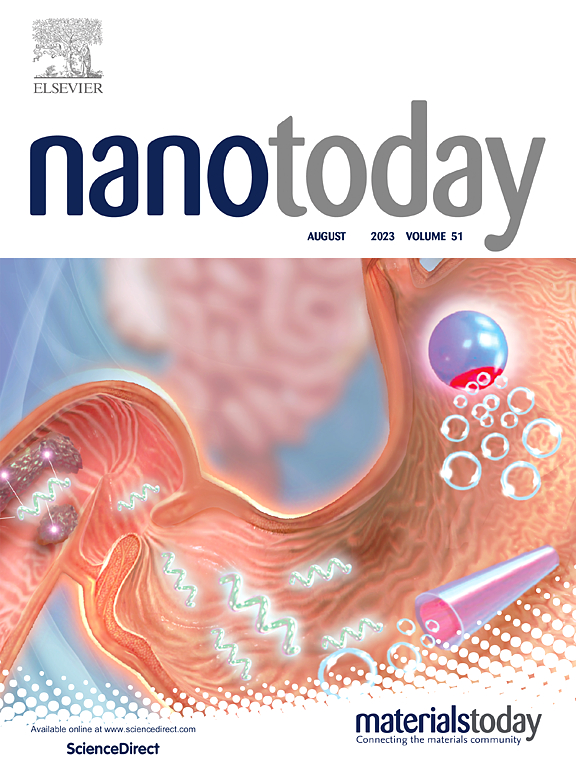Graphdiyne oxide in polymer electrolytes: Synergistic non-covalent interactions boosting Li-ion transport and LiF-rich solid electrolyte interface
IF 10.9
1区 材料科学
Q1 CHEMISTRY, MULTIDISCIPLINARY
引用次数: 0
Abstract
Solid-state polymer electrolytes (SPEs) face challenges including low lithium-ion transference numbers (tLi+) and uncontrolled lithium dendrite growth. Herein, a design concept for the synergic regulation of the non-covalent interactions within SPEs is proposed. Graphdiyne oxide (GDYO), featuring abundant carboxyl groups, is incorporated into polyethylene oxide (PEO)-based SPEs. GDYO engages in hydrogen bonding with PEO and electrostatic interactions with LiTFSI, facilitating the transfer of Li⁺ in SPEs. Furthermore, a LiF-rich solid electrolyte interphase (SEI) is formed, effectively suppressing dendrite formation. The optimized GDYO/PEO SPE achieves a high tLi+ of 0.75 and stable Li plating/stripping over 1300 h in Li||Li symmetric cells. GDYO/PEO SPE enables coin full cells to exhibit superior cycling stability, rate performance, and high-voltage suitability, while also offering superior safety and flexibility for pouch cells. Our results highlight the pivotal role of synergistic non-covalent interactions in SPEs, providing a novel strategy for improving the performance of energy storage batteries.
聚合物电解质中的氧化石墨烯:促进锂离子传输的协同非共价相互作用和富锂固体电解质界面
固态聚合物电解质(spe)面临的挑战包括低锂离子转移数(tLi+)和不受控制的锂枝晶生长。本文提出了一种spe内非共价相互作用协同调节的设计概念。石墨二炔氧化物(GDYO)具有丰富的羧基,被掺入到聚乙烯氧化物(PEO)基spe中。GDYO与PEO发生氢键作用,与LiTFSI发生静电相互作用,有利于Li +在spe中转移。此外,形成了富liff的固体电解质界面(SEI),有效地抑制了枝晶的形成。优化后的GDYO/PEO SPE在Li||Li对称电池中实现了0.75的高tLi+和1300 h以上的稳定镀/剥离锂。GDYO/PEO SPE使硬币式全电池具有卓越的循环稳定性,速率性能和高压适用性,同时也为袋状电池提供卓越的安全性和灵活性。我们的研究结果强调了协同非共价相互作用在spe中的关键作用,为提高储能电池的性能提供了一种新的策略。
本文章由计算机程序翻译,如有差异,请以英文原文为准。
求助全文
约1分钟内获得全文
求助全文
来源期刊

Nano Today
工程技术-材料科学:综合
CiteScore
21.50
自引率
3.40%
发文量
305
审稿时长
40 days
期刊介绍:
Nano Today is a journal dedicated to publishing influential and innovative work in the field of nanoscience and technology. It covers a wide range of subject areas including biomaterials, materials chemistry, materials science, chemistry, bioengineering, biochemistry, genetics and molecular biology, engineering, and nanotechnology. The journal considers articles that inform readers about the latest research, breakthroughs, and topical issues in these fields. It provides comprehensive coverage through a mixture of peer-reviewed articles, research news, and information on key developments. Nano Today is abstracted and indexed in Science Citation Index, Ei Compendex, Embase, Scopus, and INSPEC.
 求助内容:
求助内容: 应助结果提醒方式:
应助结果提醒方式:


